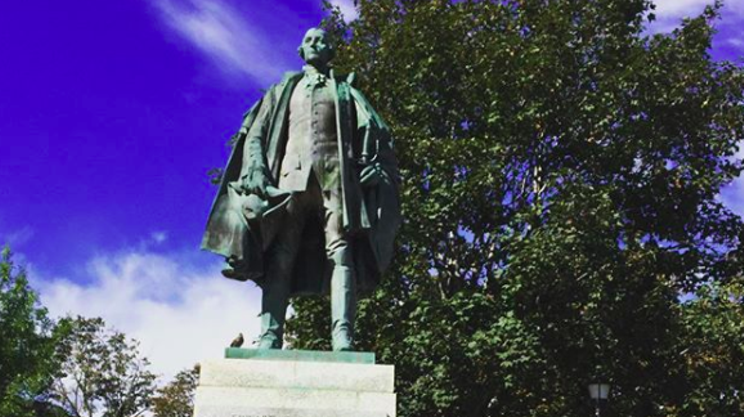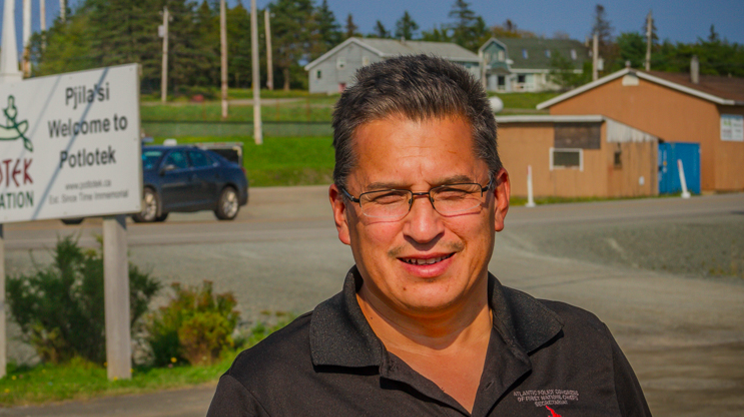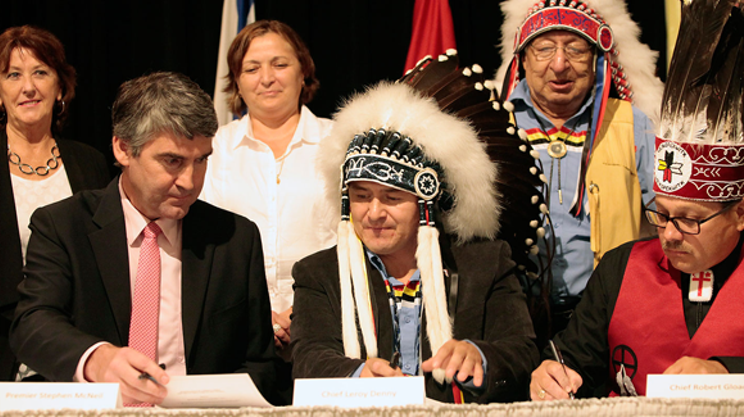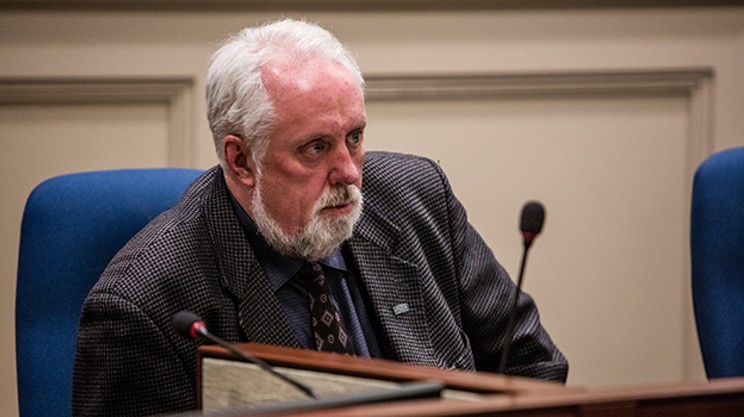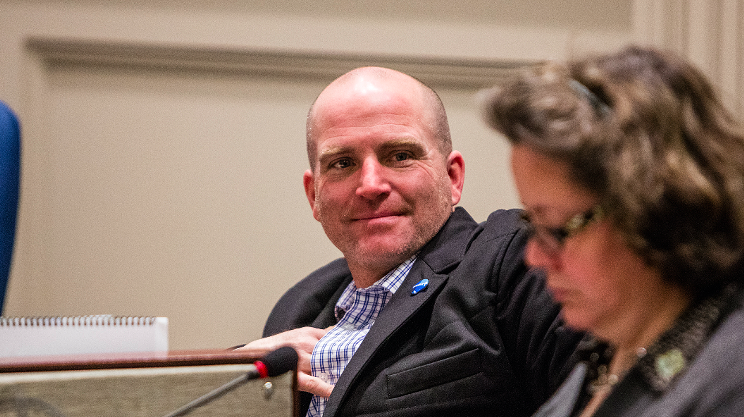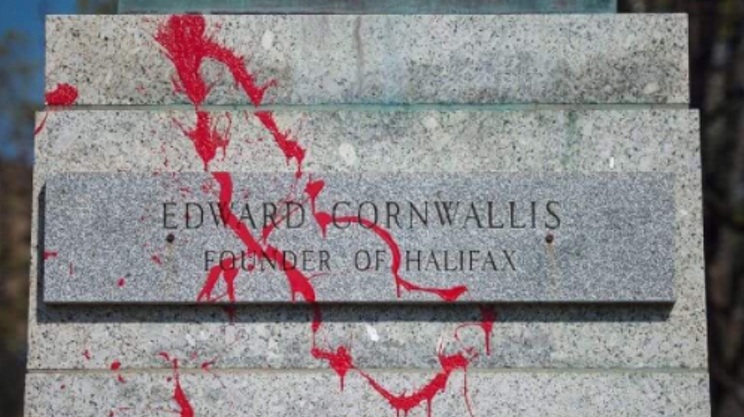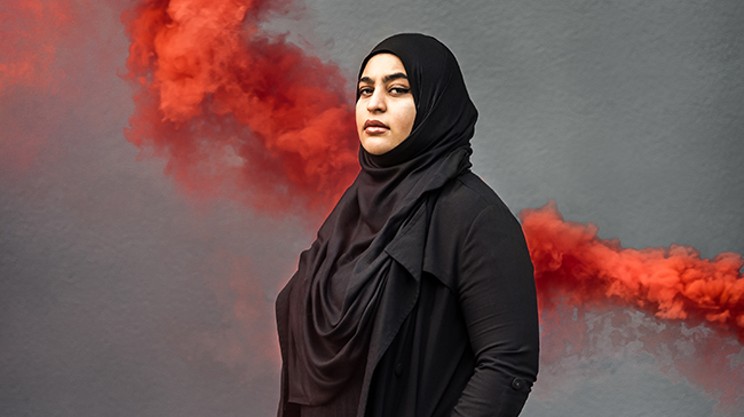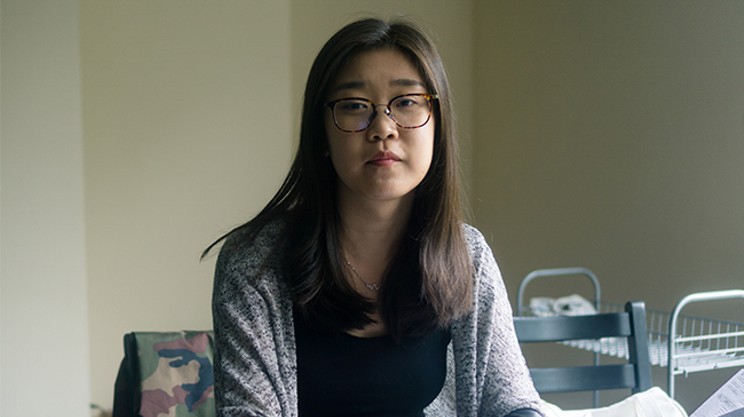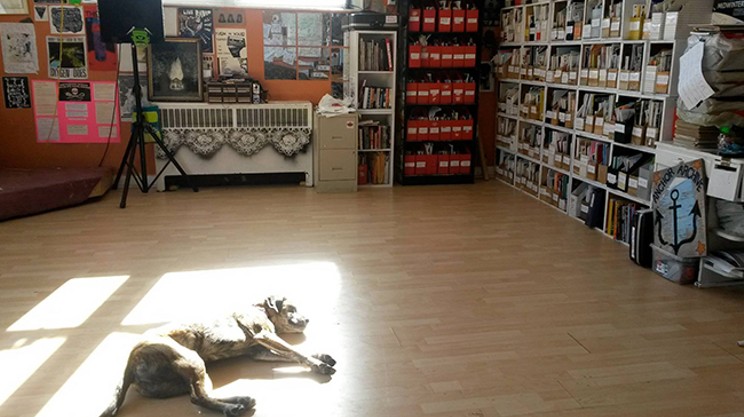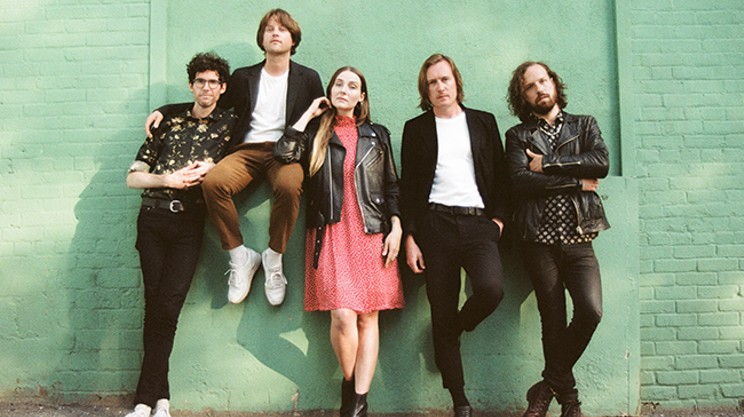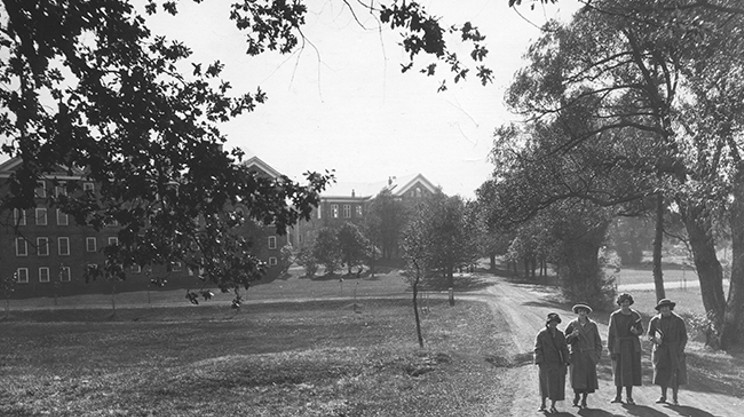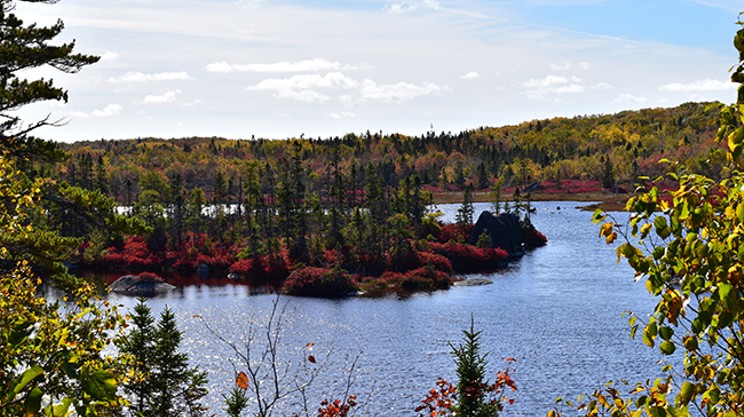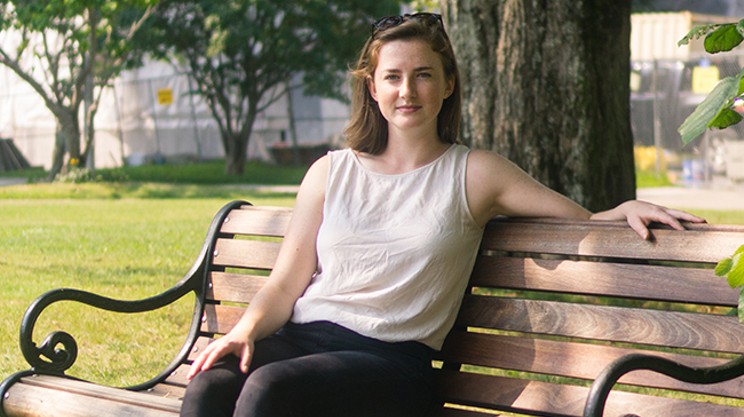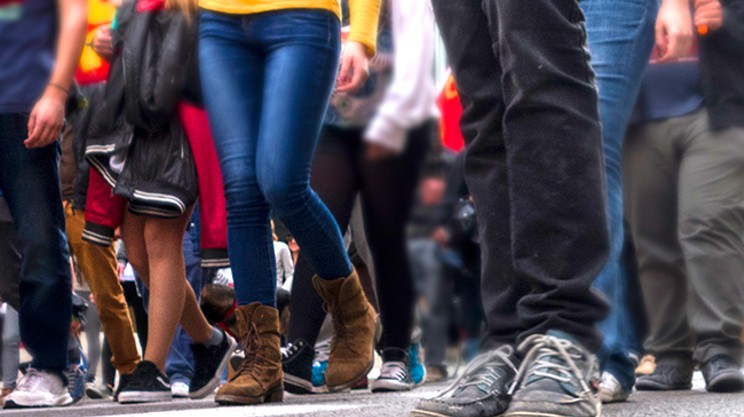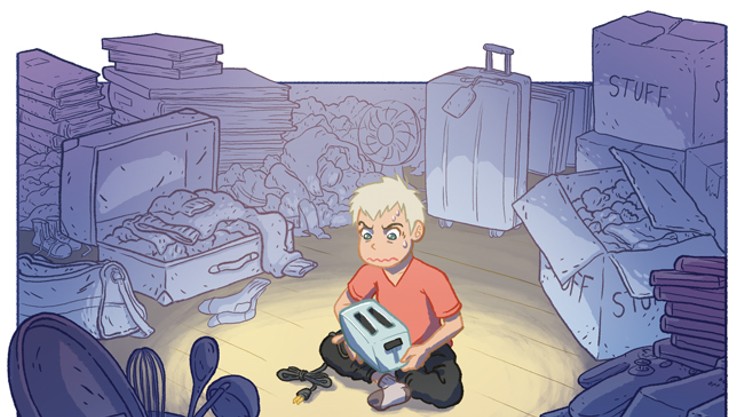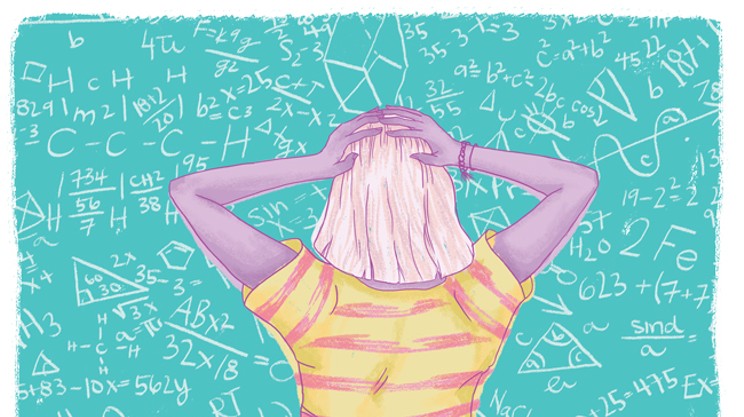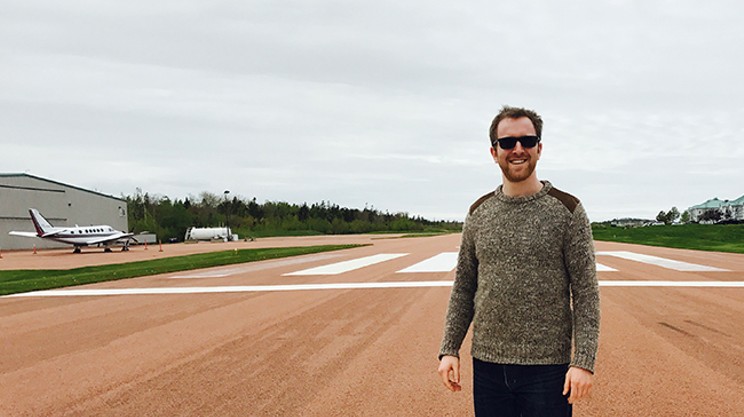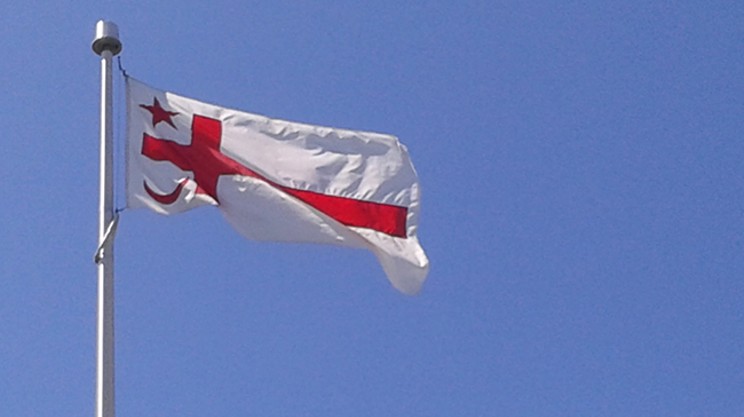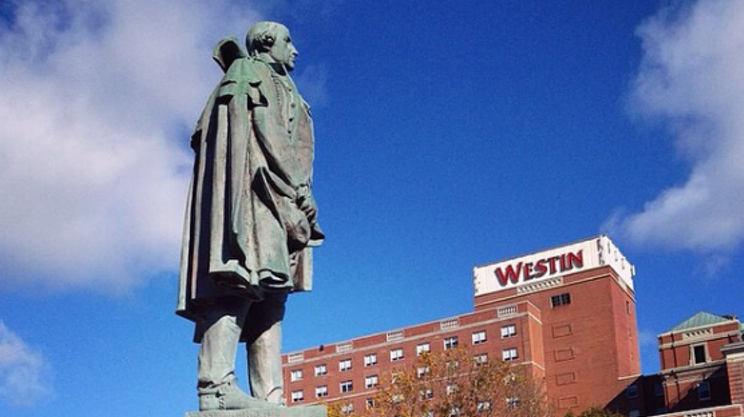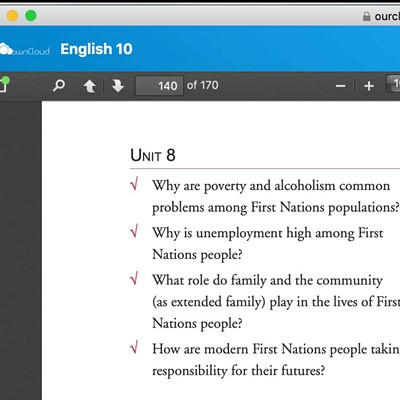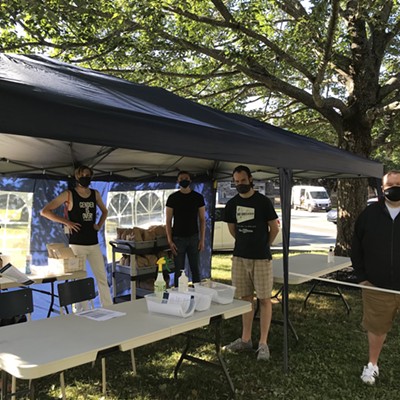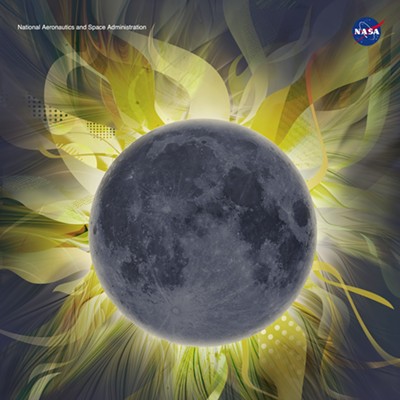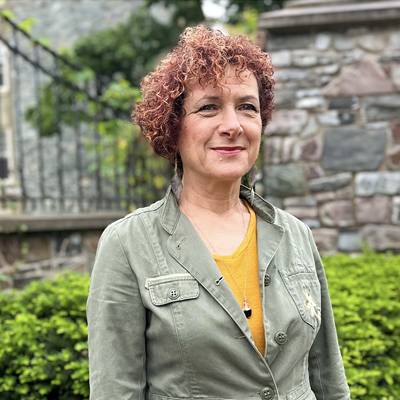
The Indigenous people of this land call
Although pre-colonial Mi’kmaq had no written language, evidence of their history is found in petroglyphs. These petroglyphs, called Komqwejwi’kasikl (“sucker-fish writing’), are prominent in Kejimkujik and Bedford (Kwipek).
Traditionally, Mi’kmaw territory is referred to as Mi’kma’ki, and has seven subdivisions: Sipekne’katik (Wild Potato Area), Sikniktewaq (Drainage Area), Unama’kik (Land of the Fog), Kespukwitk (Last Flow), Kespe’kewaq (The Last Land), Eski’kewaq (Skin Dressers Territory) and Epekwitk
Districts would govern themselves through councils made of band chiefs and elders, and each district would elect a Sagmaw (Chief) to represent them at Santé Mawiómi (Grand Council) in Unama’kik.
Membertou was the Grand Chief during the early colonial era. He met Jacques Cartier in 1534 and was eventually baptised with the name Henri. This began a largely friendly relationship with the Acadians and a long history of intermarriage between the two communities. Unfortunately, European contact would eventually lead to a decline of, in some areas, 90 percent of the Mi’kmaw population.
In alliance with Alnôbak, Panawahpskek, Wolastoqiyik and Peskotomuhkati peoples, Wabenaki (People of the First Light) was formed; its land is Wabanahkik (Dawnland). The
It engaged in wars supporting France against the British, finally fighting on its own terms in The Dummer's War in 1722. The 1725 Dummer’s Treaty acknowledged Mi’kmaw sovereignty and right to land ownership.
In direct violation to this, the City of Halifax was founded on
The Indian Act, passed in 1876, defines how the settler government interacts with Indigenous peoples, controlling operations of reserves and who is considered an “Indian” with the eventual goal that Indigenous people will give up their culture for a European lifestyle.
Furthering the cultural genocide was the Residential School system. Funded through the Department of Indian Affairs and the Catholic Church, the
The Halifax Explosion is a benchmark in Nova Scotian history for all its residents, but no efforts were made to rebuild the Mi’kmaw community of Turtle Grove on the eastern side of the harbour. The community’s residents had been the subject of attempted forced relocation prior to the explosion. Survivors were placed in a racially segregated shelter and scattered across the province for resettlement.
On the feel-good side of history, Mi’kmaq contributed to the invention of modern hockey. The oldest Mi’kmaw stick was from 1852 and was recently appraised for $4 million. Between 1900-1909, Mi’kmaq-designed hockey sticks were the most popular in Canada.
Today, the Mi’kmaq language is in the midst of a revival, and the struggle for government policy consultation is making strides. Some areas of Mi’kma’ki still struggle with unclean drinking water, access to public services and persistent discrimination. Indigenous people make up a disproportionate percentage of the prison population and are more likely to experience violence and crime.

